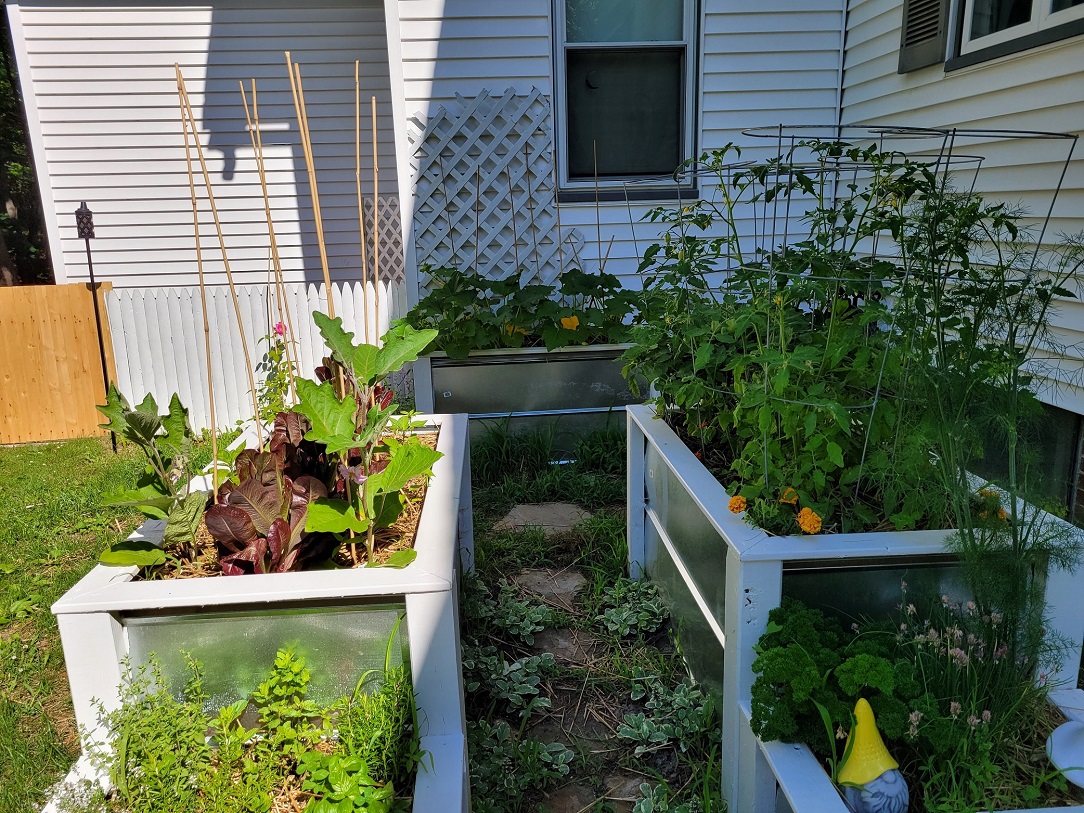
Hugelkultur, Nutrient Rich Environment For A Raised Garden Bed
This post is about how we used the Huglekultur method to fill our raised garden beds. Hugelkultur is an inexpensive, easy and nutrient rich way to fill your garden beds. It is essentially building a mound of logs, sticks, branches, leaves, compost, and other organic matter for your soil base. These things in the bottom of the bed decompose over time creating nutrient rich soil. We found through much research this seemed like the logical way to go due to the raw materials available to us from our new houses property. Not only were we trying to save money on the costs of filling the beds, we also wanted to build a garden that would grow healthy vegetables.
Filling the garden bed

Now that we had a couple of beds built we started to fill the beds with some greener logs on the bottom and branch trimmings from around the yard. Next we went down into our ravine to collect half rotten logs from downed trees and rotting and newer leaves to put on top of the logs. This way we are adding layers of decomposition. The beds are filled a little over half way. If we had been here longer we would have had some compost to add to the top, which I would recommend if you have the ability to do so
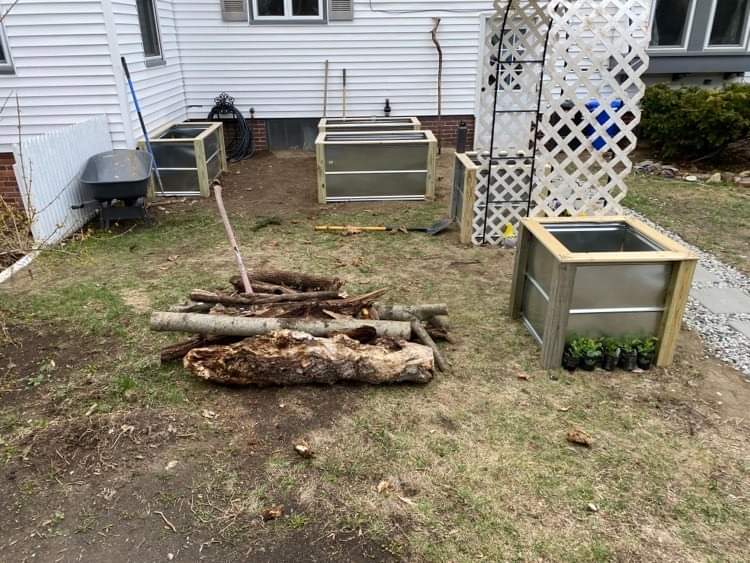
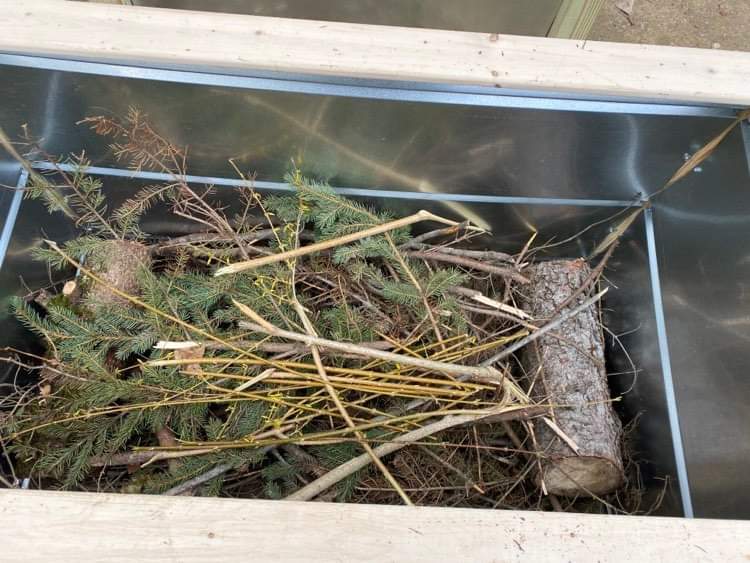
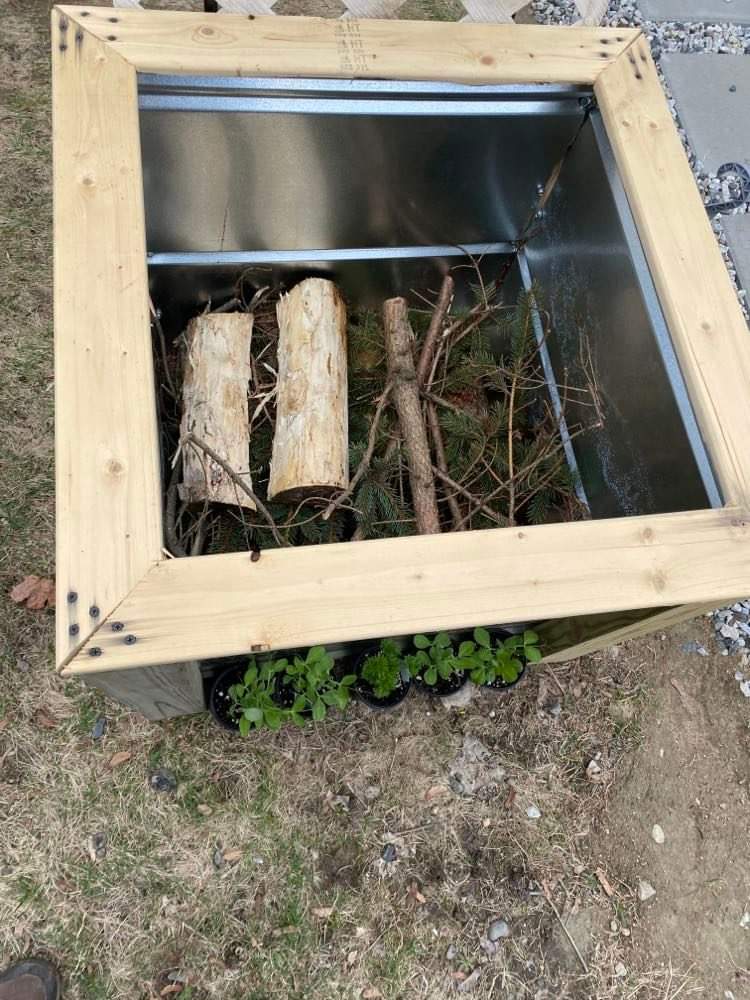
After we filled our beds half way with the branches and such, we ordered 2 yards of a loam manure mix with marine nutrients in which we mixed with peat moss, and perlite. Once again much research was done online to see what other nutrients had been put in to their garden mixes. Then we filled the beds a quarter of the way more of just the loam manure mix by itself. My husband then mixed the remaining yard of soil with the peat moss and perlite. The peat gives the soil breathability and the perlite helps retain the moisture in the soil after watering. We used the rest of that mixture to fill the remaining quarter of space to the top.
Time for Planting
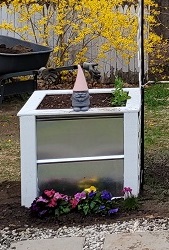
Now that the beds are full of our dirt mixture it’s time for planting. In the picture to the right, we planted peas in both square boxes so they would grow up our trellis. Later on we found some creeping black eyed Susan that I must say have done a great job of climbing as well. In our bed against the house we planted cucumbers and zucchini with mint to keep critters away. I actually have mint planted in most of the beds for this reason. The other two beds we dedicated one to just tomatoes and marigolds, and the other to peppers and eggplant. Recently we added some fertilizer to our plants as well. The bottom leaves were starting to turn yellow. Within a day the plants had their color back.
So there you have it. This is our method of filling our raised garden beds by way of Hugelkultur. For more information on how to build our raised garden beds refer to my previous post.
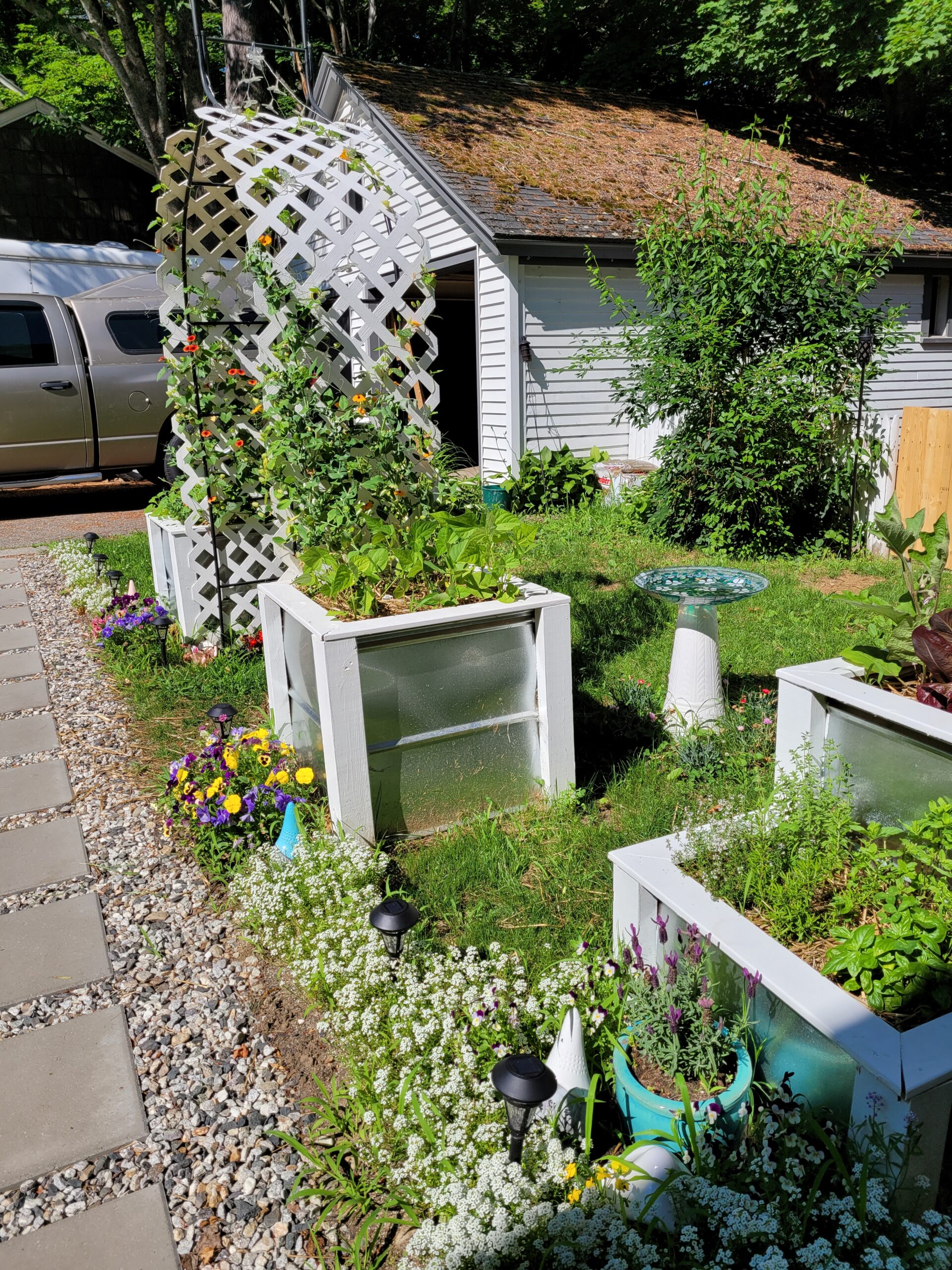
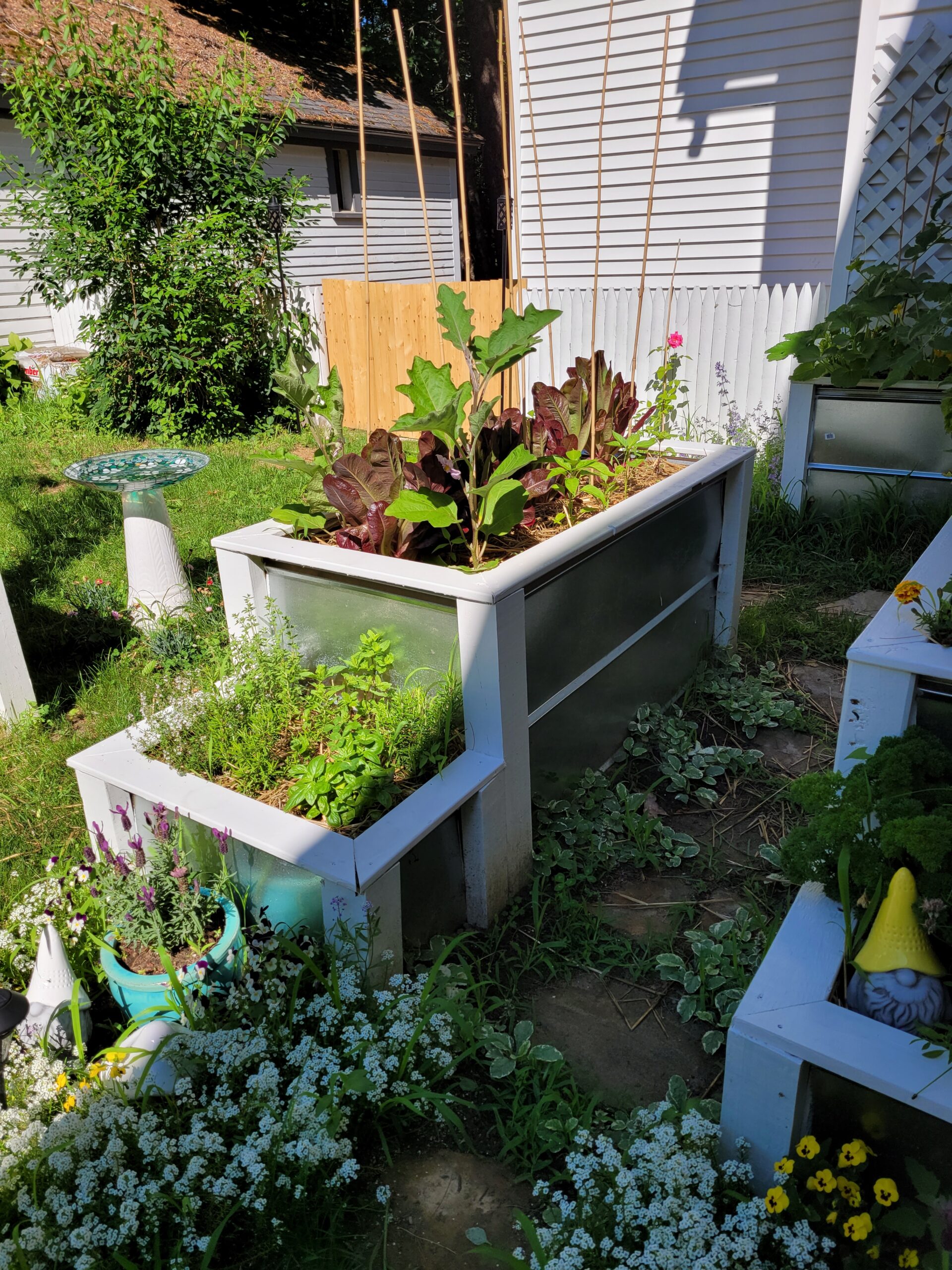
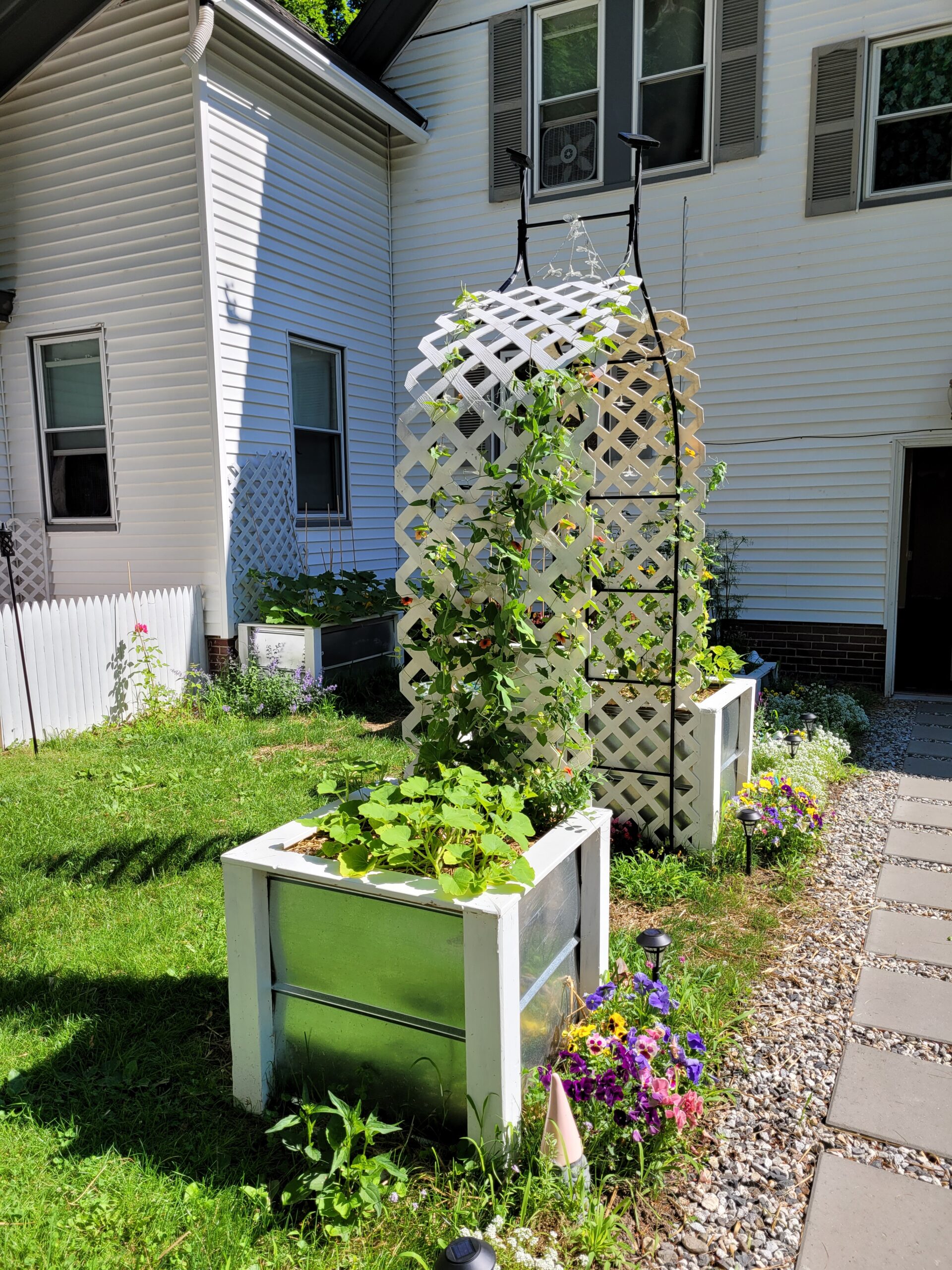


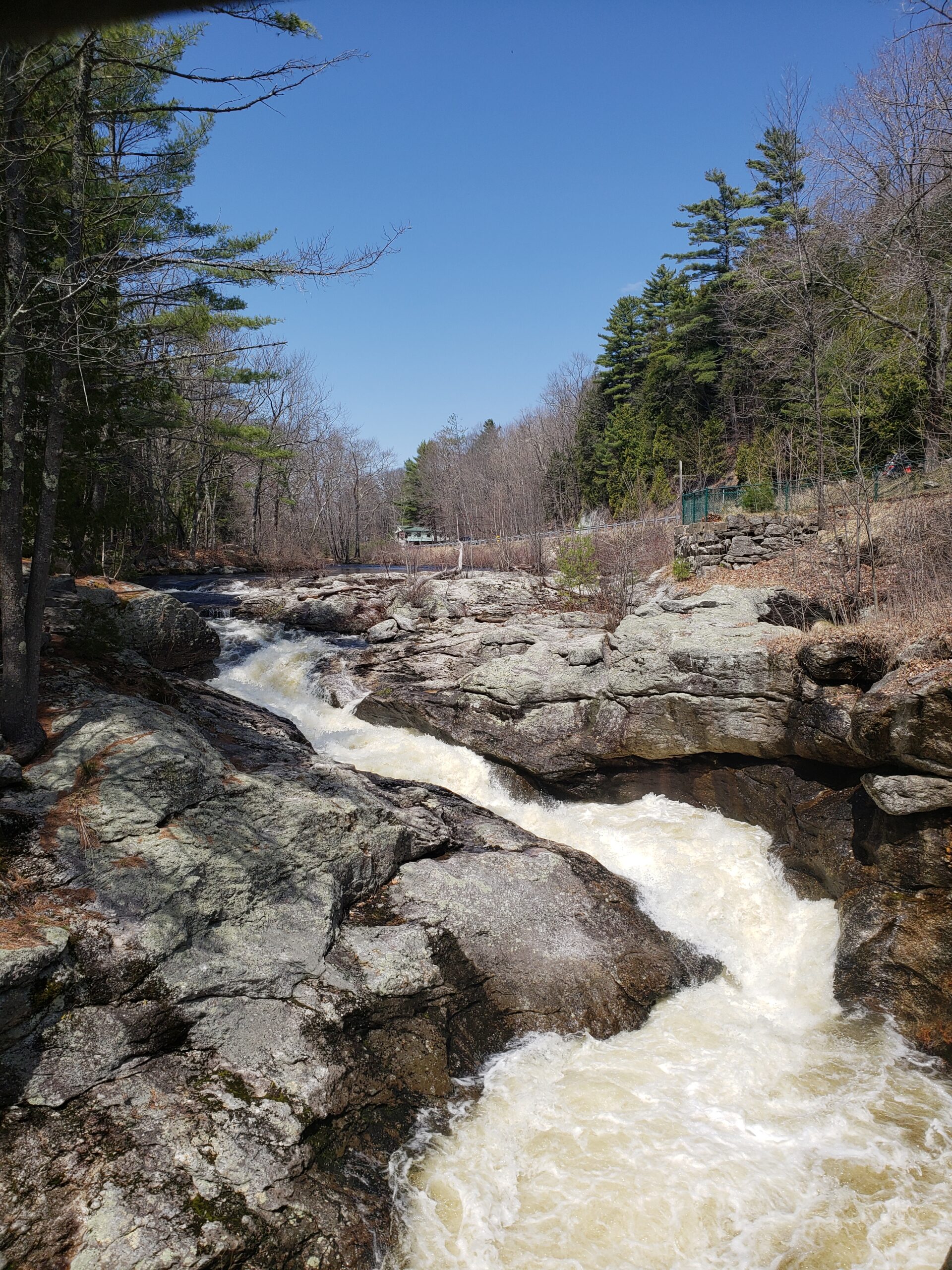

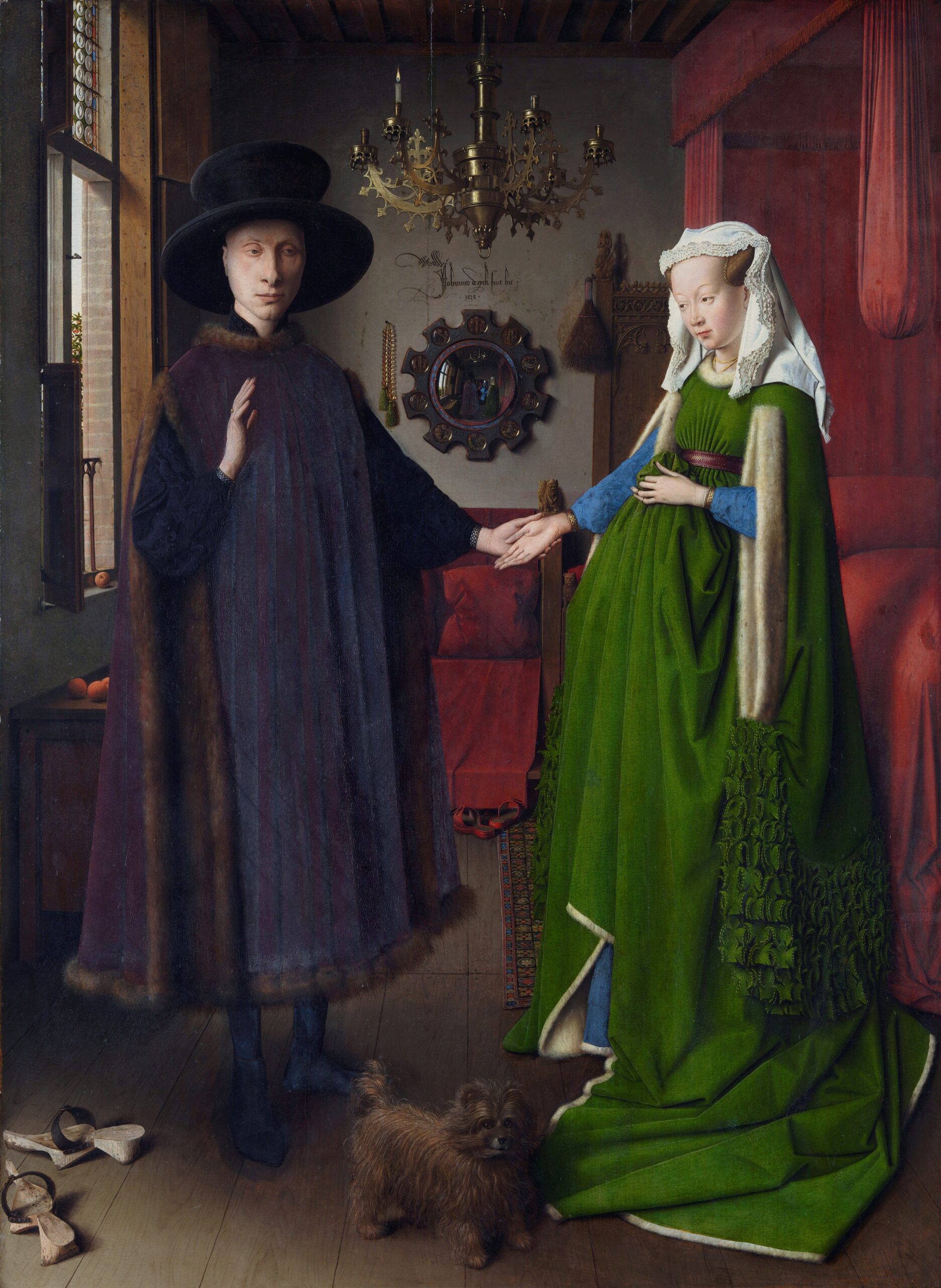
5 Comments
Lisa, Casey, Barrett Dog
This looks great! We love reading your posts.
Cindy
What a great way to fill your raised beds! I did something very similar in my raised bed. I have a compost bin so was able to use that composted material as well.
Sara
We’ve started a compost bin so we’ll have more to add to our beds next year.
Mark
Thanks for your blog, nice to read. Do not stop.
Sara
Thank you so much!